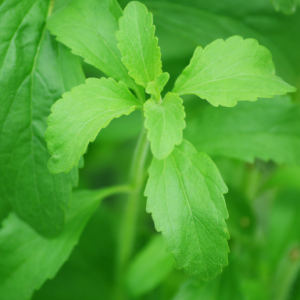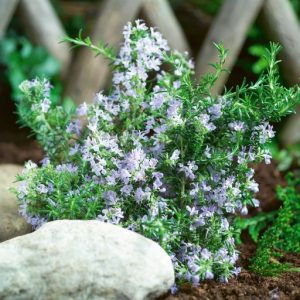One of the mildest cucumbers available. Sweet, dark green fruit; many are seedless. Variety is great pickled and sliced. Resists Watermelon Mosaic Virus.

PLANT TO HARVEST
60 days

FRUIT SIZE

Full Sun: 6+ Hours Per Day

TOP CULINARY USES:
Snacking and salads
3 Steps to Planting!
1
Gently place plant insider and pack soil with a small mound.
2
Place tablespoon of herb/veg fertilizer.
3
Gently place plant insider and pack soil with a small mound.
What must I do for Success?
All the Details
- Low difficulty
- 60 days
- Choose a warm, well-drained soil. Raised beds work well. Add diolomite lime and compost or well-rotted manure to the bed and ½-1 cup of complete organic fertilizer mixed into the soil beneath each transplant. Cucumbers are vigorous and need lots of nutrition and water. Use plastic mulch, plant under floating row cover or cloches – anything to warm things up. Once the weather warms up, keep soil evenly moist. When plants begin to flower, remove covers so bees can access the flowers to pollinate. Fruit that is not fully pollinated will be very small and shriveled, and should be removed from the plant. Most varieties should produce fruits until the weather begins to cool down. Keep plants well picked for better production. Try to water the soil only, keeping the leaves as dry as possible. Almost all cucumbers benefit from being trained onto a trellis of some kind. Some vines can reach 7 or 8 feet in length, so growing them upward onto a trellis makes good use of garden space. Fruits that grow hanging into space tend to be straighter than those that form on the ground.
- For a continuous harvest, make successive plantings every 2 to 3 weeks until about 3 months before first fall frost date. Keep picking the cucumbers regularly, because if they get too big, the plant will stop producing. About one month before first frost, start pinching off new flowers so plants channel energy into ripening existing fruit.
- Snacking and salads
- Plant cucumbers beside asparagus, beans, Cruciferous vegetables, celery, corn, dill, kohlrabi, lettuce, onion, peas, radish, and tomatoes. Avoid planting near potatoes and sage. Both corn and sunflowers can act as a trellis for cucumbers to good effect. Dill will help cucumbers by attracting predatory insects, and nasturtiums is said to improve the flavour and growth of cucumbers.









